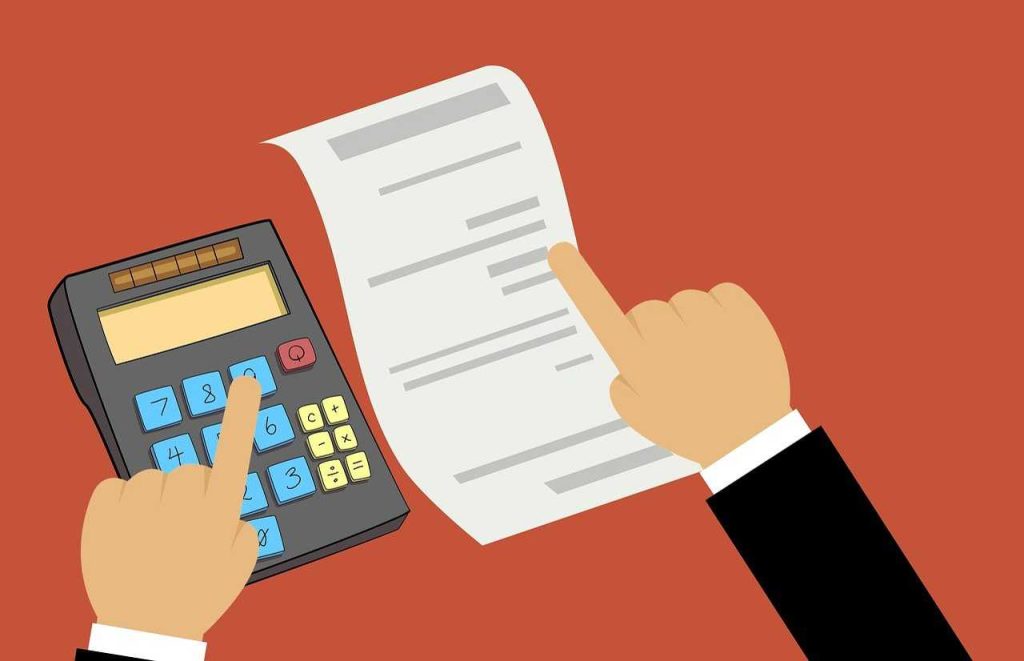In a world filled with enticing advertisements and constant opportunities to spend, maintaining financial discipline can be challenging. One effective strategy that has gained popularity for promoting smarter spending habits is the 30-Day Rule. This simple yet powerful concept encourages individuals to rethink their purchasing decisions, particularly when it comes to non-essential items. In this blog, we’ll explore what the 30-Day Rule is, how to implement it, and its benefits for saving money.

Understanding the 30-Day Rule
The 30-Day Rule is a strategy designed to combat impulsive spending. It advises that whenever you feel the urge to make a purchase—especially for items that aren’t necessities—you should wait 30 days before making the final decision. This pause allows you to evaluate the importance of the purchase and consider whether it aligns with your financial goals.
How the 30-Day Rule Works
- Recognize Impulse Purchases:
- Whenever you find yourself wanting to buy something, especially if it’s not a necessary item (like clothes, gadgets, or luxury items), recognize it as a potential impulse purchase.
- Write It Down:
- Keep a running list of these items. Writing them down helps to acknowledge the desire without acting on it immediately. This could be in a journal or a note on your phone.
- Start the Countdown:
- As soon as you note the item, begin a 30-day countdown. This waiting period serves as a cooling-off phase, allowing you to think critically about the purchase.
- Reflect and Evaluate:
- After 30 days, revisit your list. Ask yourself:
- Do I still want this item?
- Will it add value to my life or improve my current situation?
- Is it worth the money, or could it be better spent elsewhere?
- Can I find a cheaper alternative, or is it possible to borrow or rent the item instead?
- After 30 days, revisit your list. Ask yourself:
- Make Your Decision:
- If you still desire the item after 30 days and believe it fits within your budget and financial goals, go ahead and purchase it. If not, you’ve successfully saved money and likely avoided an unnecessary expense.
Benefits of the 30-Day Rule

Implementing the 30-Day Rule can lead to significant financial benefits, including:
- Reduction in Impulsive Buying:
- By forcing yourself to wait before making a purchase, you’ll likely avoid many impulse buys that can quickly add up and derail your budget.
- Increased Savings:
- Money saved from not buying unnecessary items can be redirected into savings accounts, retirement funds, or debt repayment, ultimately contributing to better financial health.
- Enhanced Financial Awareness:
- This strategy encourages mindfulness about your spending habits, helping you recognize patterns and areas where you may be overspending.
- Prioritization of Financial Goals:
- By focusing on essential purchases, you can better allocate your funds toward goals that truly matter to you, whether that’s traveling, investing, or saving for a major purchase like a home.
- Greater Satisfaction with Purchases:
- Many individuals find that after 30 days, the desire for certain items fades. This leads to increased satisfaction with the things you do choose to buy, as they are more intentional and meaningful.
Tips for Successful Implementation
- Create a Budget: Establish a budget to guide your spending decisions, which can help you better assess whether a purchase aligns with your financial goals.
- Track Your Spending: Use apps or spreadsheets to monitor your spending habits, making it easier to identify areas where you may be tempted to overspend.
- Support Network: Share your goals with friends or family who can help hold you accountable. Their encouragement can be valuable during the waiting period.
- Consider Alternatives: Before adding an item to your list, explore whether there are free or cheaper alternatives. For example, borrow a book from the library instead of buying it.
Conclusion
The 30-Day Rule is a straightforward yet effective strategy for managing impulsive spending and improving your overall financial health. By implementing this rule, you can cultivate a more mindful approach to your purchases, allowing you to save money and prioritize your financial goals. The next time you feel the urge to buy something on a whim, remember the 30-Day Rule and take a moment to consider whether it’s truly worth the investment. By doing so, you’re not only protecting your wallet but also building a foundation for a more secure financial future.
